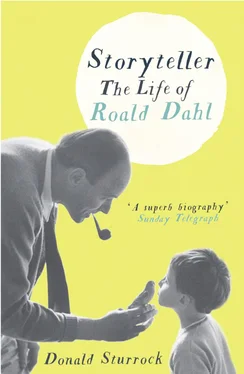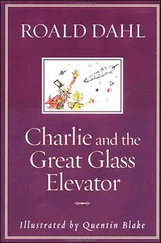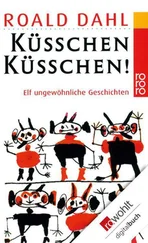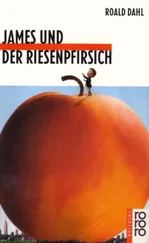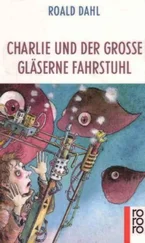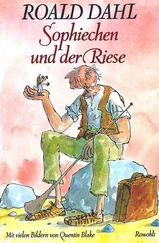Hesselberg ended his days as a distinguished theologian and eventually a member of the Norwegian parliament, where he helped to ensure that all public buildings in Norway would in future be built with doors that opened outwards. His son, Hans Theodor, attempted to follow in his footsteps. He trained for the priesthood and married into one of Norway’s most distinguished families. His wife was a descendant of Peter Wessel, a Norwegian naval hero, who had been killed in a duel in 1720. 2They settled at Vaernes, * * Most of the Vaernes farmlands have now been subsumed into Trondheim Airport, but the actual building Hans Theodor owned is still standing. He is buried nearby in the cemetery of Vaernes Church. † Confusingly, the capital of Norway has undergone several changes of name. Ancient Norse Oslo was renamed Christiania in 1624 after King Christian IV of Norway rebuilt it following a disastrous fire. In 1878, Christiania was refashioned as Kristiania, and in 1925, the city became Oslo once again.
a large farm not far from Trondheim, the ancient capital of Norway, whose magnificent Romanesque cathedral, built on the shrine of Norway’s patron saint, St Olave, almost a millennium ago, evokes a virtually forgotten age when Scandinavia was a key spiritual centre of Christian Europe.
In Vaernes, Hans Theodor raised eleven children, but he lacked his father’s shrewd judgement and talent for hard work. He drank excessively, managed his estates incompetently, and never practised as a priest. He was also an incorrigible — and unsuccessful — gambler. Bit by bit, he was forced to sell off his lands to pay his gaming debts. One evening he went too far. He staked the village storehouse in a game of cards and lost. Outraged at this disregard for his responsibilities to his flock, the local community forced him to sell what remained of the farm. Hans Theodor moved to Trondheim, where he died a pauper in 1898. 3But his children went out into the world and prospered — many entering the burgeoning Norwegian middle classes. Two became merchants, one became an apothecary, another a meteorologist. Yet another, Karl Laurits, trained as a scientist, then studied law and eventually went to work in Christiania, now Oslo, as an administrator in the Norwegian Public Service Pension Fund. In 1884 he married Ellen Wallace, and the following year, his first daughter, Sofie Magdalene, was born in Kristiania. † † Confusingly, the capital of Norway has undergone several changes of name. Ancient Norse Oslo was renamed Christiania in 1624 after King Christian IV of Norway rebuilt it following a disastrous fire. In 1878, Christiania was refashioned as Kristiania, and in 1925, the city became Oslo once again.
Thirty-one years later, on a crisp autumn day in South Wales, she would give birth to her only son, Roald.
Roald Dahl himself was not that interested in his ancestry or in historical detail. Though proud of his Norwegian roots, archives and public records were not his domain, and when, in his late sixties, he wrote his own two volumes of memoirs, Boy and Going Solo, he seems to have known nothing of his great-great-grandfather Hesselberg’s extraordinary escape from the church fire or of the streak of reckless gambling and alcohol addiction that had emerged in his descendants. 4Yet Pastor Hessel-berg’s story would almost certainly have fascinated Roald. He would have admired his ancestor’s resourceful ingenuity, as well as his ability to think both laterally and practically in the face of a crisis. These were qualities he admired in others and they were attributes he gave to the heroes and heroines of many of his children’s books. In his own life, too, Dahl would face many moments of crisis and struggle, and seldom were his resources of tenacity or inventiveness found wanting. His psychology and philosophy was always positive. “Get on with it,” was one of his favourite phrases, recommended to family, friends and colleagues alike, and one that he put into practice many times in his life when dealing with adversity — whether that was accident, war, injury, illness, depression or death. Like Pastor Hesselberg, he seldom looked behind him. He infinitely preferred to look forward.
Yet this was only one side of the man. His daughter Ophelia once described her father to me as “a pessimist by nature”, 5and a depressive streak ran through both sides of his family. Many of his adult stories revealed a jaundiced and sometimes bleak view of human behaviour, which drew repeatedly on man’s capacity for cruelty and insensitivity. His children’s writing is sunnier, more positive — though even there, early critics complained of tastelessness and brutality. 6It was a charge against which he always energetically defended himself, for underneath the exterior of the humourist and entertainer lurked a fierce moralist. But he found it hard because, like many writers, he hated analysing his own writing. I remember asking him on camera why so many of the central characters in his children’s stories had lost one or both parents. He was taken aback by the question and at first even denied that this was the case. However, when, on reflection, he realized that he had made a mistake, his brain searched swiftly for a way out. He compared himself to Dickens. He had used “a trick”, he said, “to get the reader’s sympathy”. In a rare confession of error, he admitted with a smile that he “had been caught out a bit”. 7What struck me most profoundly was that he seemed to make no conscious connection between his own life — he had lost his own father when he was three years old — and the worlds he created in his stories. It suggested, I thought, a kind of unexpected innocence and naivety.
Dahl’s writing career would take many twists and turns over the course of his seventy-four years, and these convolutions were intimately bound up with a complex private life that held many hidden corners, secrets and anxieties. Together they made a powerful cocktail — for Dahl was full of contradictions and paradoxes. He loved the privacy of his writing hut, yet he liked to be in the public eye. He described himself as a family man, living in a modest English village, yet he was married to an Oscar-winning movie star, and kept the company of presidents and politicians, diplomats and spies. He was fascinated by wealth and glamour. He often bragged. He gambled. He had a quick and discerning eye for great art and craftsmanship. He was drawn to the good things in life. Yet he was also a simple man, who preferred the Buckinghamshire countryside to life in the city — a man who grew fruit, vegetables and orchids with obsessive passion, who surrounded himself with animals, who bred and raced greyhounds, and who kept the company of tradesmen and artisans. He was generous, although his kindness was usually quiet and low key. Often only the recipient was aware of it. Roald himself however was no shrinking violet. He enjoyed public appearances, and delighted in being controversial. He was a conundrum. An egotistical self-publicist — notoriously brash, even oafish, in the limelight — he could also behave as slyly as the foxes he so admired. If he wanted, he could cover his tracks and go to ground.
As a writer, he was the most unreliable of witnesses — particularly when he spoke or wrote about himself. In Boy, his own evocative and zestful memoir of childhood, he begins by disparaging most autobiography as “full of all sorts of boring details.” 8His book, he asserts, will be no history, but a series of memorable impressions, simply skimmed off the top of his consciousness and set down on paper. These vignettes of childhood are painted in bold colours and leap vividly off the page. They are infused with detail that is often touching, and always devoid of sentiment. Each adventure or escapade is retold with the intimate spirit of one child telling another a story in the playground. The language is simple and elegant. Humour is to the fore. Self-pity is entirely absent. “Some [incidents] are funny. Some are painful. Some are unpleasant,” he declares of his memories, concluding theatrically: “All are true.” In fact, almost all are, to some extent, fiction. The semblance of veracity is achieved by Dahl’s acute observational eye, which adds authenticity to the most fantastical of tales, and by a remarkable trove of 906 letters he kept at his side as he wrote. These were letters he had written to his mother throughout his life, and which she hoarded carefully, preserving them through the storms of war and countless changes of address.
Читать дальше
